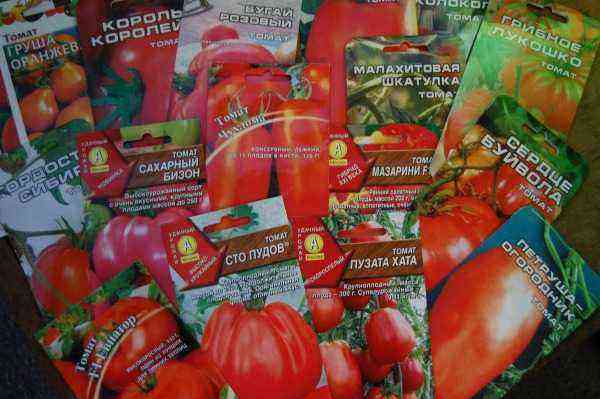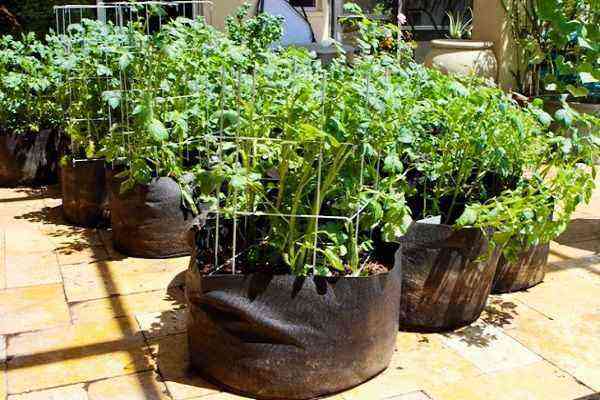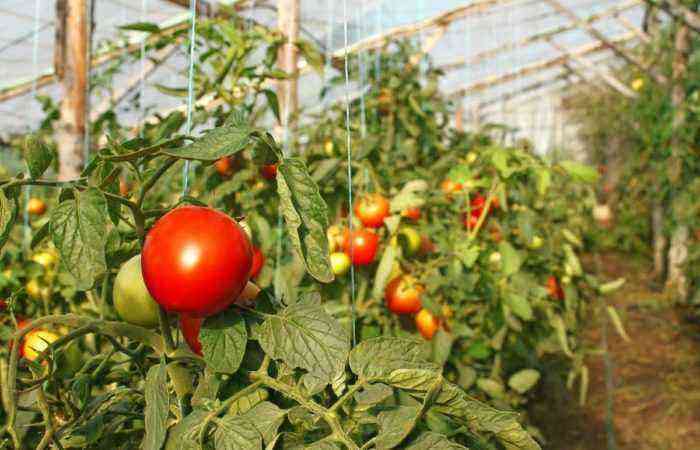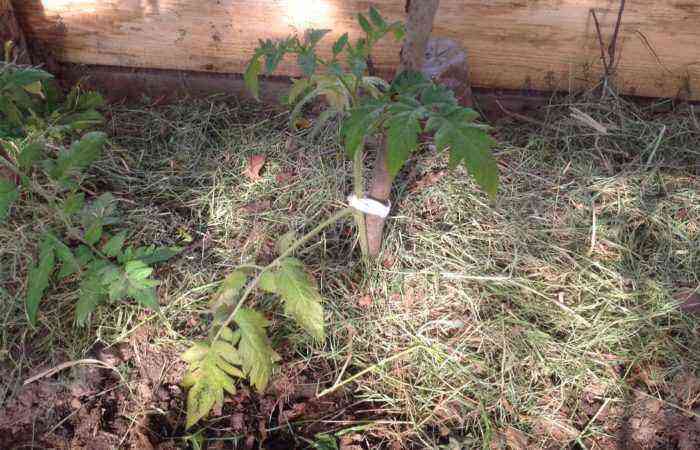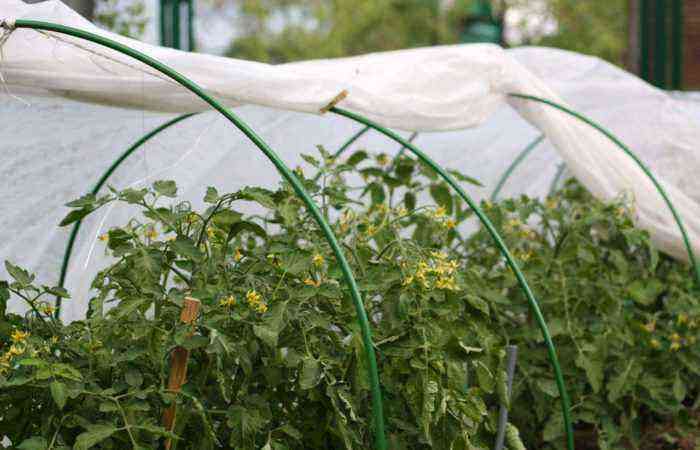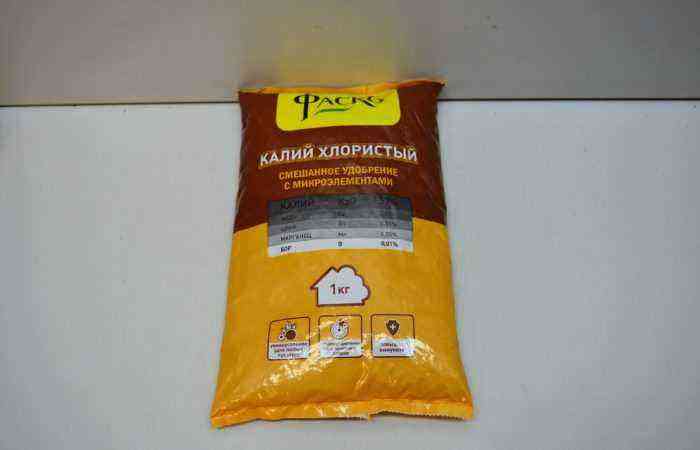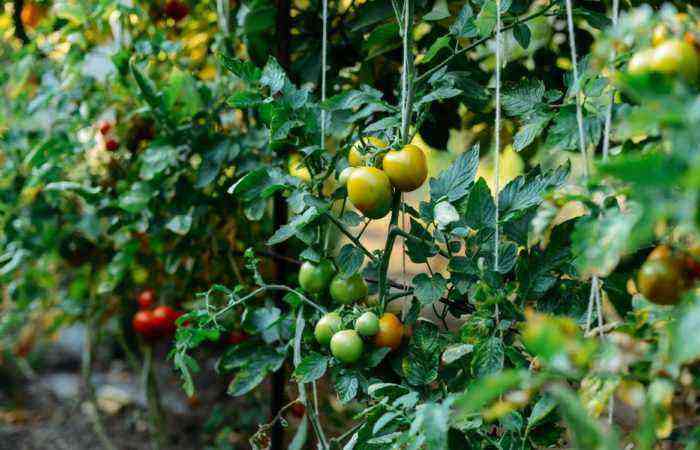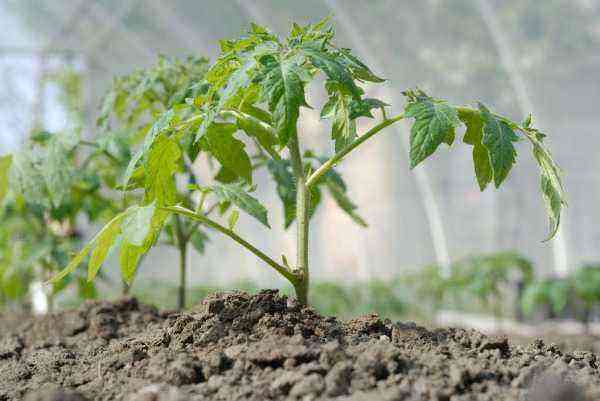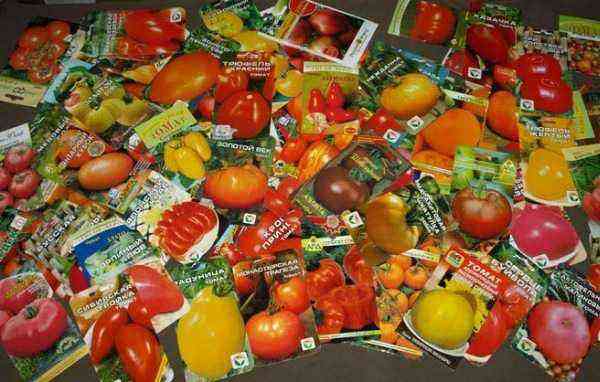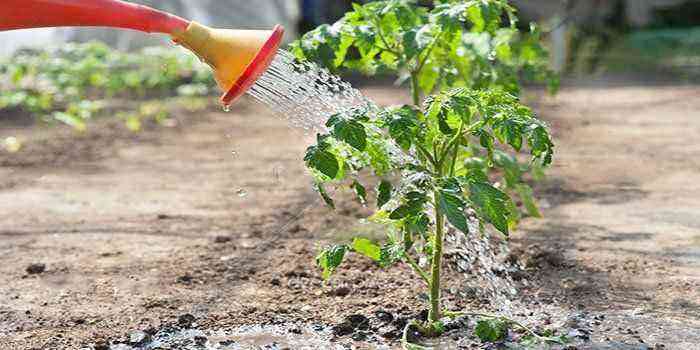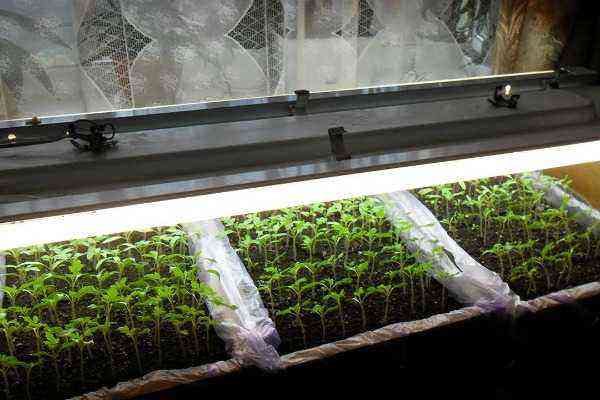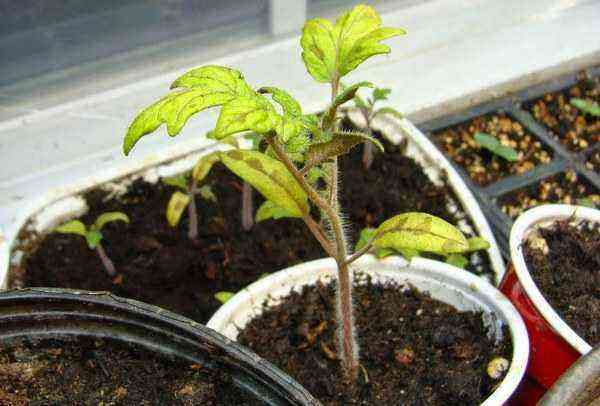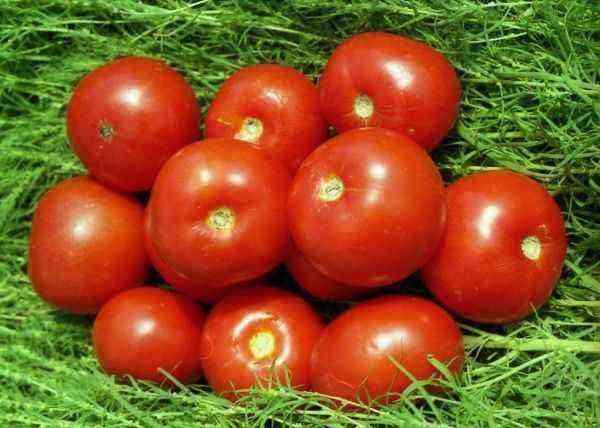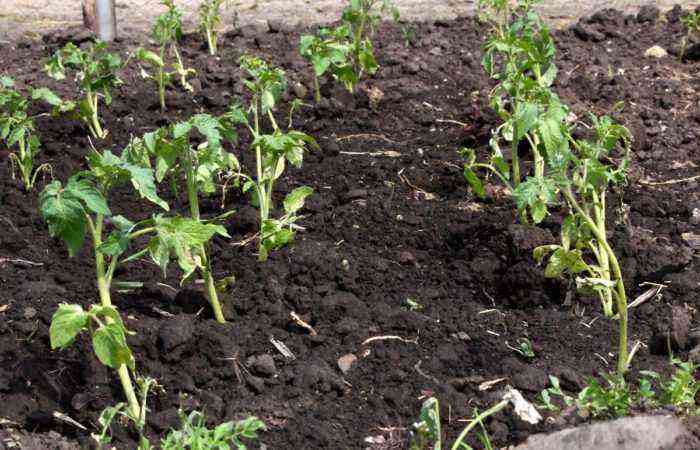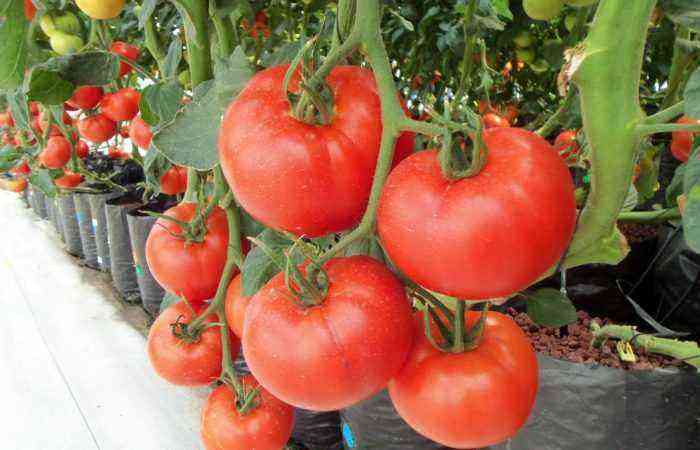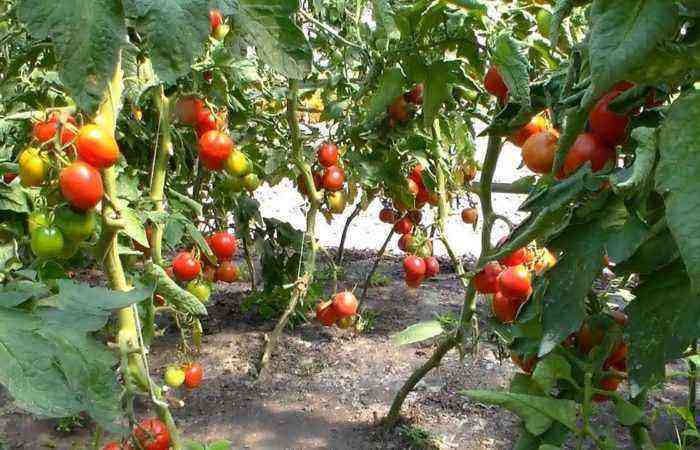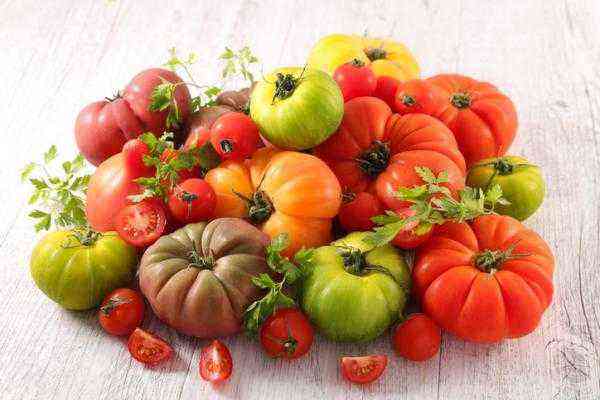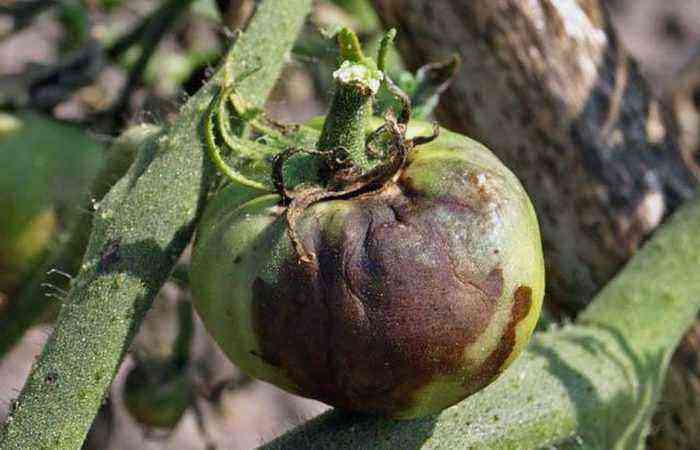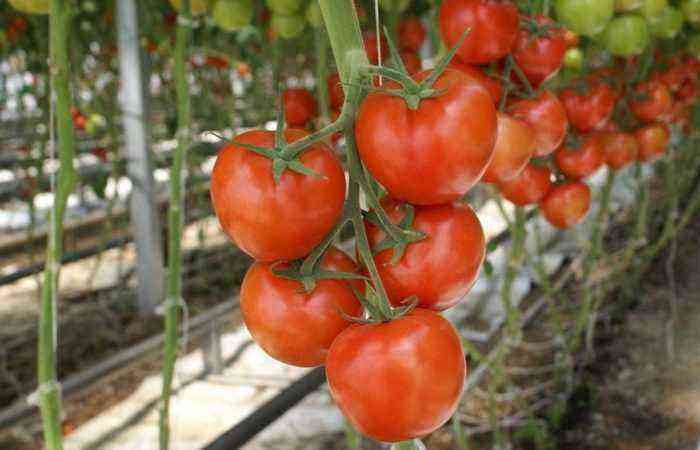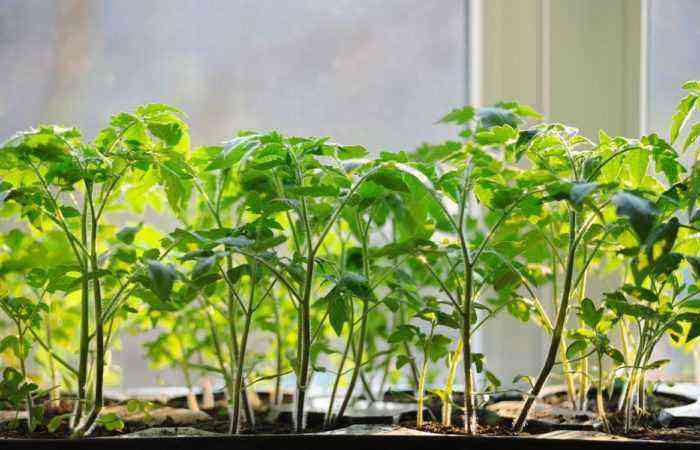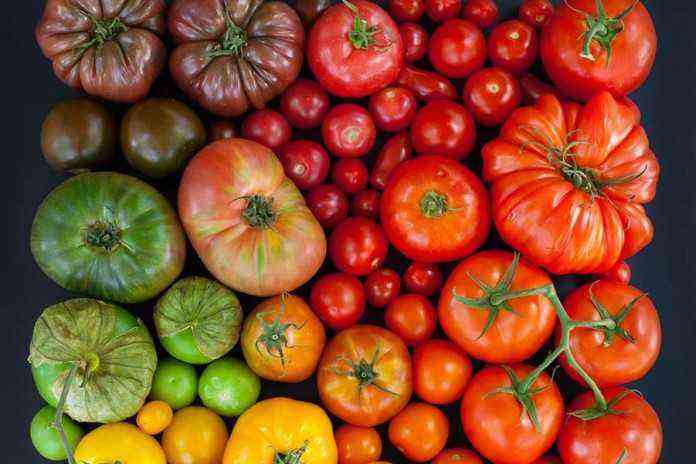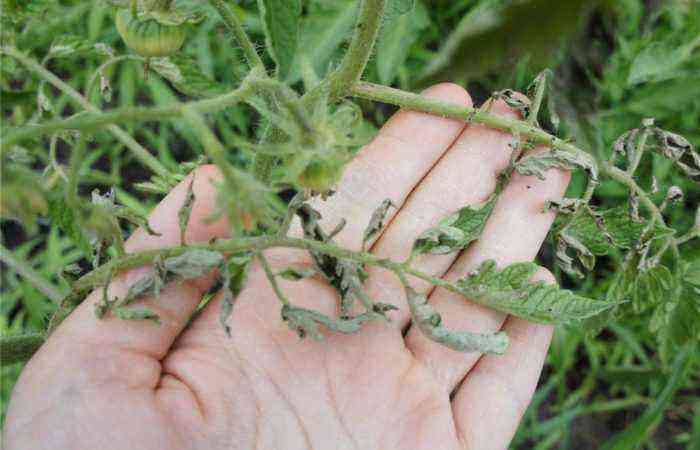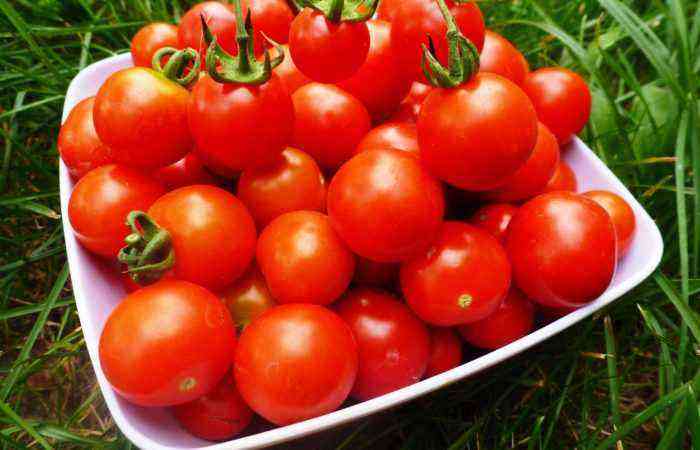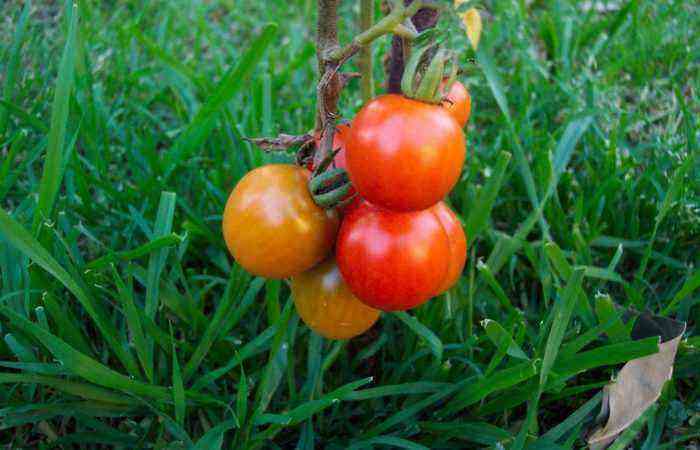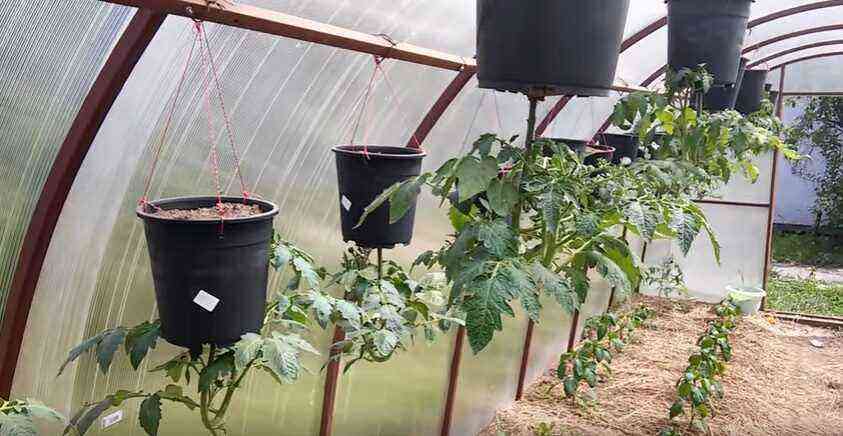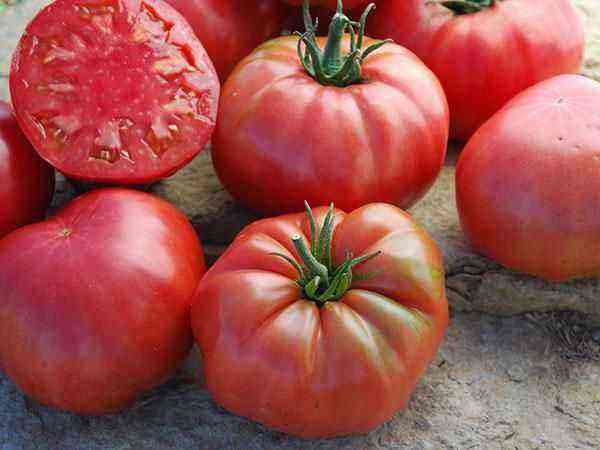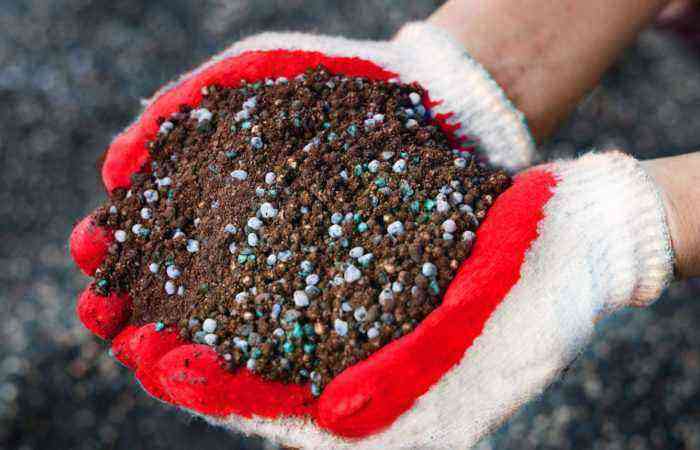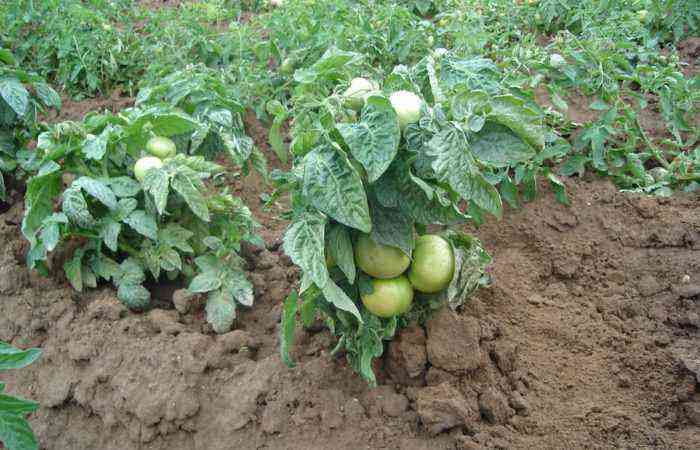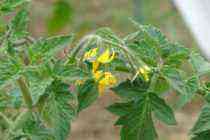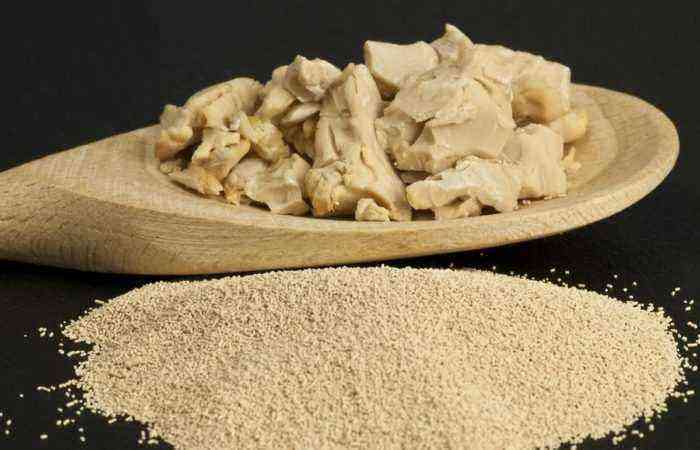It is difficult to imagine a summer cottage without tomato bushes. These finicky vegetables require a lot of attention. They are prone to many diseases, and their seedlings do not always please with a beautiful appearance. Proper care of young tomatoes determines the future harvest. Often, summer residents have a question about feeding. Do I need to fertilize tomato seedlings? When to do this, and what substances do they need? You can find out more about this below.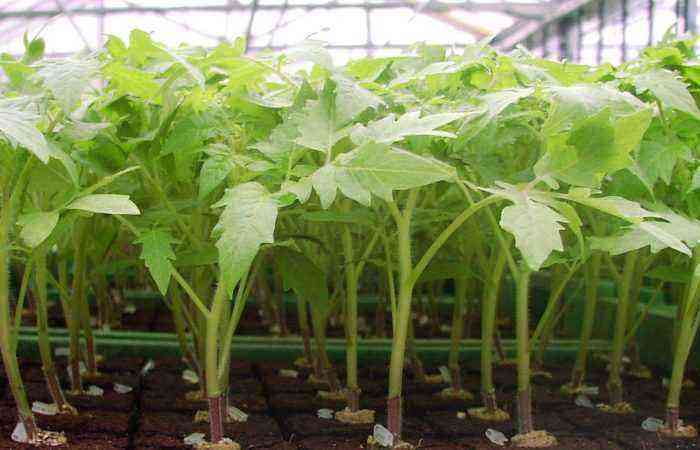
In what cases is it necessary to feed seedlings?
The condition of tomato seedlings often depends on the excess or lack of essential trace elements. If the appearance of young plants has changed, you need to think about feeding. The most well-known signs related to the amount of nutrients in the soil are:
- After picking, the leaves may turn pale, the stem will droop. The plant then stops growing. This indicates a lack of nitrogen in the soil.
- If young tomatoes began to rapidly develop foliage – a sign of excess nitrogen.
- Phosphorus starvation can be recognized by purple leaves. Its excess is yellowish.
- Yellowing top and veins of leaves – a sign of iron deficiency. Leaflets are recommended to be sprayed with a solution of copper sulfate (5 g per bucket of water).
- If the leaves of tomatoes began to curl after transplantation, nitrogen and potassium fertilizers must be applied to the soil. Phosphorus preparations should not be used.
- Due to a lack of magnesium, tomato leaves can become brittle.
- With potassium starvation, seedling leaves shrivel. Use a solution of potassium chloride.
- If there is a lack of calcium, you can apply the folk method. A three-liter vessel is 2/3 filled with eggshells, poured with water. Withstand several days. Watered under the root, diluted in a ratio of 1: 3.
- Elongated seedlings can be watered with Athlete. It inhibits apical growth.
- Weak plants with a thin stem, small leaves, with poor flowering can be sprayed with urea (half a teaspoon per 5 liters of water).
If the tomato seeds were planted in fertile soil (purchased in a store marked “for seedlings”), most often, additional feeding is not needed at first.
Types of fertilizers for tomato seedlings
To feed tomato seedlings, you can use mineral, organic fertilizers, folk recipes. Substances are applied by watering under the root, spraying the leaves. Add to the wells when sowing, picking.
First of all, seedlings need 3 main nutrients:
- nitrogen;
- potassium;
- phosphorus.
They are also called the NPK complex. Without these elements, no plant can fully grow. Also, no less important is the presence of magnesium, iron, manganese, copper, etc. in the soil.
Seedlings need to develop vegetative parts. Leaves, stem should be juicy, strong. This requires nitrogen. Therefore, at first, fertilizers with the largest amount of nitrogen are used.
If the plant is weak, the stem is thin, it is recommended to reduce the amount of nitrogen. To strengthen the roots, it is necessary to add ash, superphosphate to the soil.
Potassium is necessary for flowering, fruit set. Phosphorus – to strengthen the roots.
Mineral Fertilizers
Substances in fertilizers for seedlings must be in a chelated form. If sulfates (SO4), such drugs should not be used.
One of the best phosphate preparations for nightshade is superphosphate.
The most famous complex fertilizers for seedlings:
- kemira;
- babies;
- nitrofox;
- agricola, etc.
You can also use nitroammophoska. The composition includes all the necessary substances for the growth of this vegetable crop.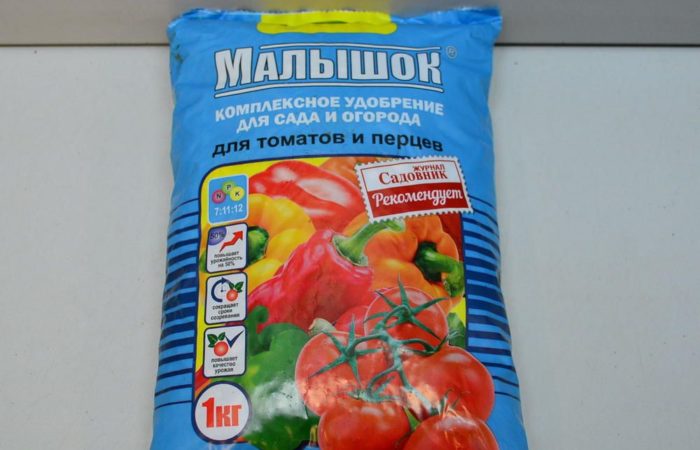
Nitrogen fertilizers:
- ammonium nitrate;
- sodium nitrate;
- urea;
- calcium nitrate.
As potash fertilizers, potassium salt, potassium chloride can be used.
Organic
The most famous types of organic fertilizers:
- manure (cow, horse, goat, sheep);
- bird droppings;
- compost;
- biohumus;
- humus;
- peat.
The best organic matter for seedlings is biohumus. It is convenient to use, as it is sold in a liquid, packaged form.
Only rotted manure can be applied to the soil with seedlings. Fresh, it is used only at the end of the season to prepare the soil for the next spring.
Bird droppings are one of the most aggressive of all types of top dressing. For watering seedlings, it is bred in a ratio of 1:30.
Feeding scheme
When making any nutrient, the dosage must be observed. In each growing season, plants require different trace elements.
Top dressing after sowing seeds
The first time tomato seedlings are fed 14 days after sowing the seeds. To do this, you can use the following mixture: add 1 tsp of a complex preparation for tomatoes and nitrophoska to 1 liter of water. Seedlings are watered with the resulting solution.
After another 10 days, the procedure is repeated. This time, half a teaspoon of complex fertilizer is added to the same volume of water, a little less than 1 tsp. nitrophoska or watered with a solution of superphosphate (1 tablespoon diluted in 3 liters of liquid).
Foliar spraying – foliar feeding also gives good results. The procedure is performed using a spray gun once a week. The solution can be prepared as follows: 1–1 g of urea, the same amount of potassium sulfate, superphosphate are dissolved in 10 bucket of water.
Fertilizers during and after picking
During the picking of young tomatoes, you can add to each well:
- 1 st. l urea, superphosphate;
- 1 st. l superphosphate, saltpeter.
Do not add more than one tablespoon of fertilizer to one planting hole.
If there is no need, the plants grow well, they do not show signs of a lack of nutrition, it is better to feed only 2 weeks after picking.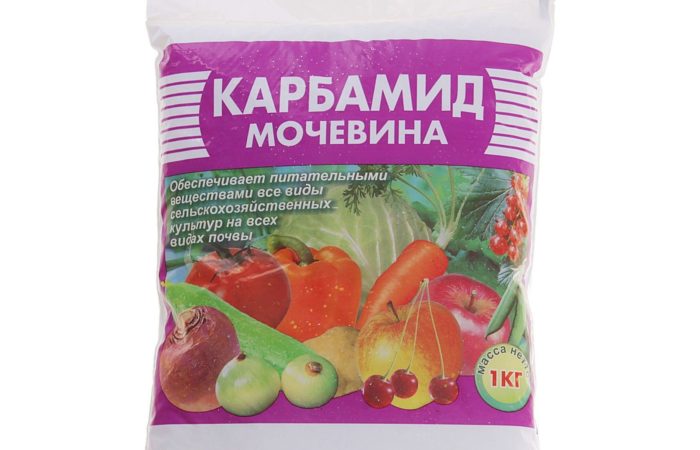 You can use a mixture of:
You can use a mixture of:
- 1 bucket of water, 15 g of potassium chloride, 10 g of urea, 20 g of superphosphate;
- 1 st. l nitroammophoska is added to 10 liters of water;
- 1 bucket of water, 15 g of potassium sulfate, twice as much ammonium nitrate, 20 g of superphosphate, half a glass of ash solution (prepared from 1 glass of wood ash, 1 liter of water).
The next top dressing is required 2 weeks after the first. Complex preparations are used (no more than 50 g per bucket of liquid).
During the flowering of tomatoes
After the appearance of the first flowers, cow dung can be used as a fertilizer with the addition of a mineral component (for 1 bucket of water, 25 g of manure, azofoska). In the future, top dressing is required every 2 weeks 2-3 times. The solution is prepared from:
- 1 bucket of water, 15 g of cow manure (or chicken manure), 20 g of potassium sulfate;
- 1 bucket of water, 30 g of potassium sulfate, 25 saltpeter.
The last top dressing is carried out 10 days before planting tomatoes in a permanent place of growth – in open ground, a greenhouse. They will settle down better in a new place.
Recommendations for planting and timely feeding of tomato seedlings can be found in the video.
Folk methods used at home
In addition to the synthetic organic fertilizers described above, there are folk recipes that have been tested by time. They can be prepared at home.
Recipe number 1: ash
In a two-liter vessel add 1 tbsp. l ash. Fill with water. They insist 24 hours. Strain and water under the root. Ashes can be covered and fertilized seedlings when it is transplanted into each hole.
Recipe #2: Banana Peel
Dried banana peel is poured with water in a ratio of 2: 1. Withstand several days. For top dressing, they are bred – 1: 3.
Recipe #3: Yeast
10 g of live yeast is diluted in 10 liters of water. Watered. For the entire growing season, it is recommended to use this mixture no more than 3 times.
During the preparation of the yeast nutrient mixture, strong fermentation should not be allowed. For young plants, only a freshly prepared solution is used.
Folk recipes can also be used to spray the leaves. A mixture of milk, iodine (2 ml of iodine, 1 liter of milk) is able to protect seedlings from pests and strengthen them. A solution of 10 drops of iodine, 10 liters of water can be watered under the root. It is necessary to avoid getting it on the aerial part of the tomatoes.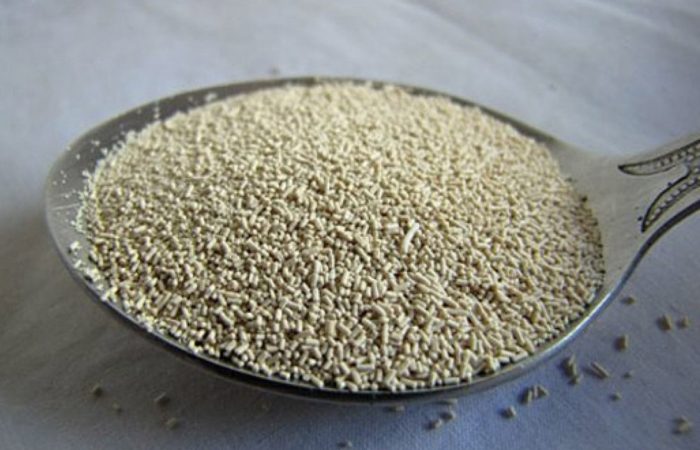
Tips
- Before applying any type of fertilizer, you must read the instructions. Excess amounts of substances adversely affect the condition of plants. Tomatoes are prone to the accumulation of harmful substances.
- Organic fertilizers such as manure, chicken manure should be used with extreme caution. They can burn the roots of young plants or introduce pathogens into the soil.
- The best time to fertilize is in the morning.
- Before introducing substances under the root, the plant must be watered abundantly in advance.
Strong seedlings do not need additional feeding. If the appearance of the plants leaves much to be desired, you can resort to various types of fertilizers.
During active growth, tomatoes need nitrogen. Therefore, its amount in the preparation should be the largest. In the future, seedlings require a complex of various substances. Growing tomatoes also need potassium.

